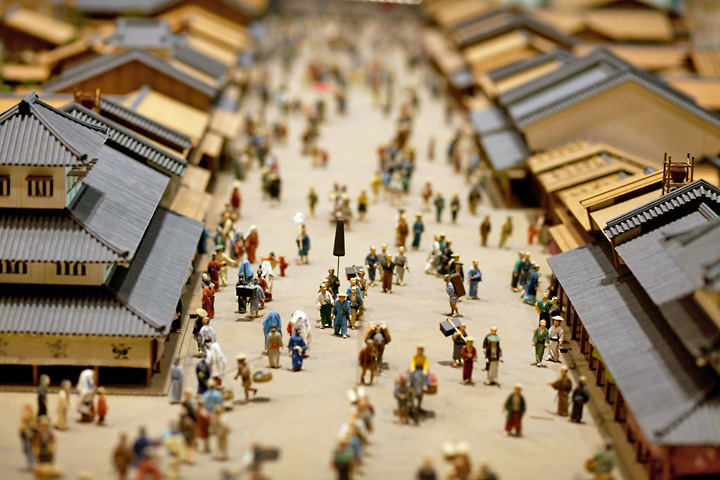Has it always been safe for locals and visitors in Japan?
Seen from the foreign students in Japan-Japanese social phenomena from a global perspective-
Updated on Oct 14 2015
Q.I think Japan is very safe for locals and visitors alike. Has it always been this way?
A.Japan’s public safety improved from the Edo period
During the Edo period (1603-1867), the population of the capital Edo (now Tokyo) exceeded 1 million in the 18th century. Half of its residents were members of the samurai and religious communities and the other half comprised common people, called “chomin” or townspeople. Edo had two “machi-bugyosho,” or offices with the functions of both police and courts, who were responsible for the affairs of the townspeople. Each office’s staff included a team of 25 mounted senior officers, known as “yoriki,” and 140 “doshin” officers, subordinate to “yoriki” and introduced in Edo period. This means that Edo’s overall police force was quite small – just over 300 officers covering the entire capital with a population of 500,000 common residents. Today, the Metropolitan Police Department has 43,000 officers. Edo is known to have had high levels of public safety for two reasons. First, Japan’s early modern society came into being after decades of feudal wars. This does not mean that warlords agreed to simply set up a coalition government after a spate of battles. Rather, the new society emerged only when the use of force as a means of settling disputes was forbidden, a development that reflected the wish for peace among those who had suffered the hardships of war. As such, there was a consensus in Japanese society of the early modern age that violence was evil. The second reason for high levels of public safety during the Edo period was the presence of autonomous communities in towns and villages. In Edo, each town had a gate at the entrance – a checkpoint manned by “kidoban” or “jishinban” guards. The gates were closed at night. Further, fires broke out frequently in Edo, where townspeople lived in wooden houses. To combat major fires, the shogunate institutionalized “machibikeshi” (town or civilian firefighter) corps in Edo. Their presence also greatly contributed to the maintenance of public safety in the capital.


published in The Japan News on 14/10/2015

